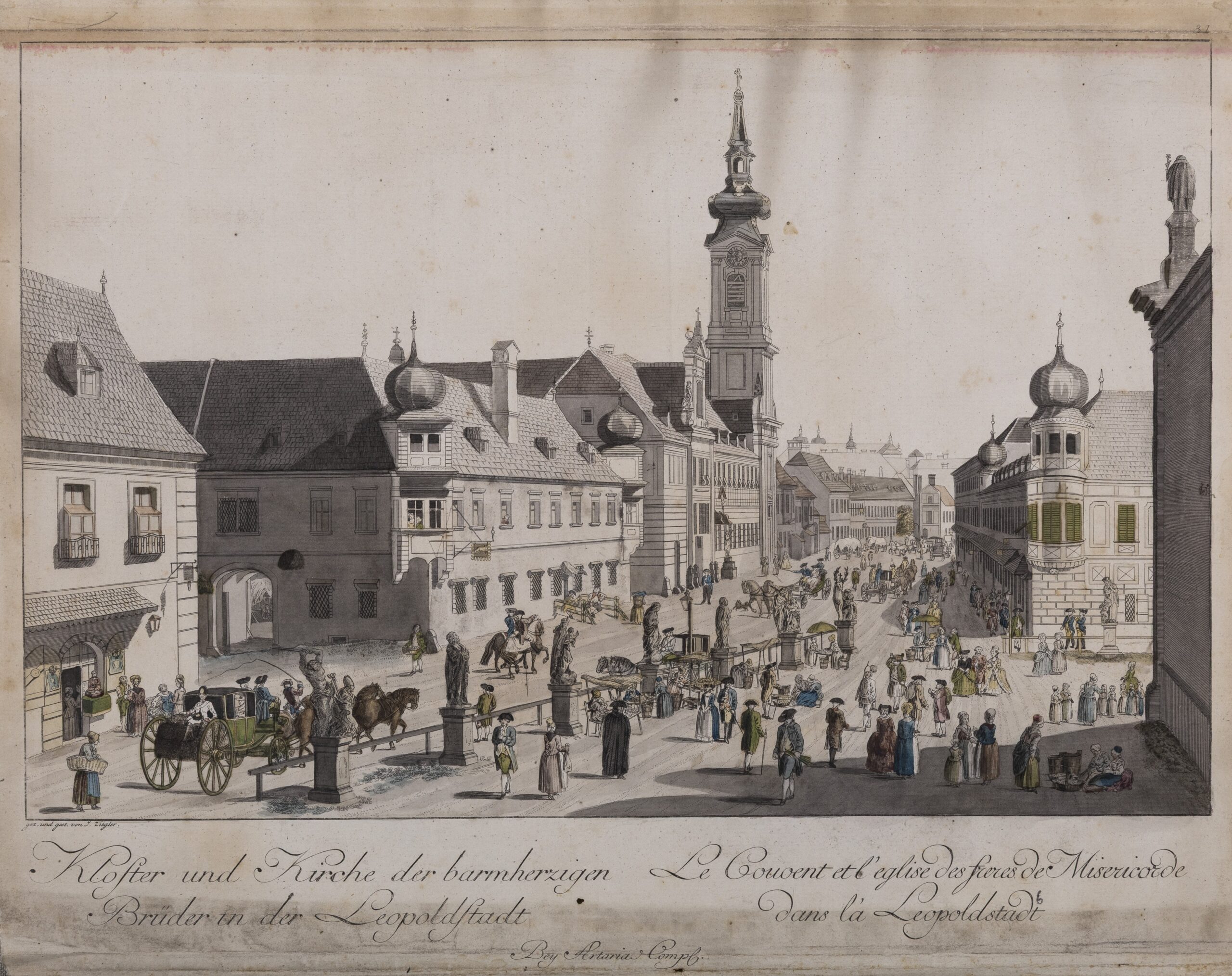Mór Jókai published the first version of Rab Ráby in his satirical magazine, Üstökös, serializing it from January 1879. Readers were notified thus:
‘In addition to the regular gathering of illustrated humorous texts, a gathering’s worth of a satirical novel will also be offered, under the title: “Rab Ráby, written by Mór Jókai”’ (Üstökös, 5 January 1879).
Jókai’s notebooks, in which he collected notes for his novels, suggest that it took him a relatively short time to write Rab Ráby, whose story was complete by 1878. Though the subject seems to make it one of his historical novels (such as A két Trenk and És mégis mozog a Föld), entertainment had become an important objective for him by the second half of the 1870s, and he turned to memoirs for inspiration (as for Egy hírhedett kalandor a XVII. századból). We learn from his notes that he was planning a novel on discord in the counties, and Ráby’s book provided him with a great basis and an essential plotline.
The novel came out in Üstökös in thirty-three instalments, before it was published in book form the same year in Pozsony (Bratislava). Ten editions have been released to date, and it has been translated into German, Czech, Slovak and English.
János Jankó (1833–1896), the illustrator of Rab Ráby
Jankó was one of the most talented caricaturists of the second half of the 19th century. He set out to be a painter, but he soon needed to find another way to sustain himself and began to ‘churn out’ black and white caricatures for the periodicals of the period. A regular contributor to Üstökös, he also published drawings in Borsszem Jankó, Vasárnapi Újság, Hon and Bolond Miska.
As regards the story of Rab Ráby, it is interesting that Jankó himself was attached to Szentendre, being one of the first well-known painters to move to the town, albeit for a short time. In 1872, he bought a house in Szentendre and moved there with his family, only to change his mind a year later when he found the conditions of visiting Pest far too onerous.
We are aware of a single Szentendre-related work by him, an aquarelle, Carrying Wood in Szentendre (1869), in which a young peasant, dressed in a traditional Slovak costume, leads an ox cart laden with wood.

